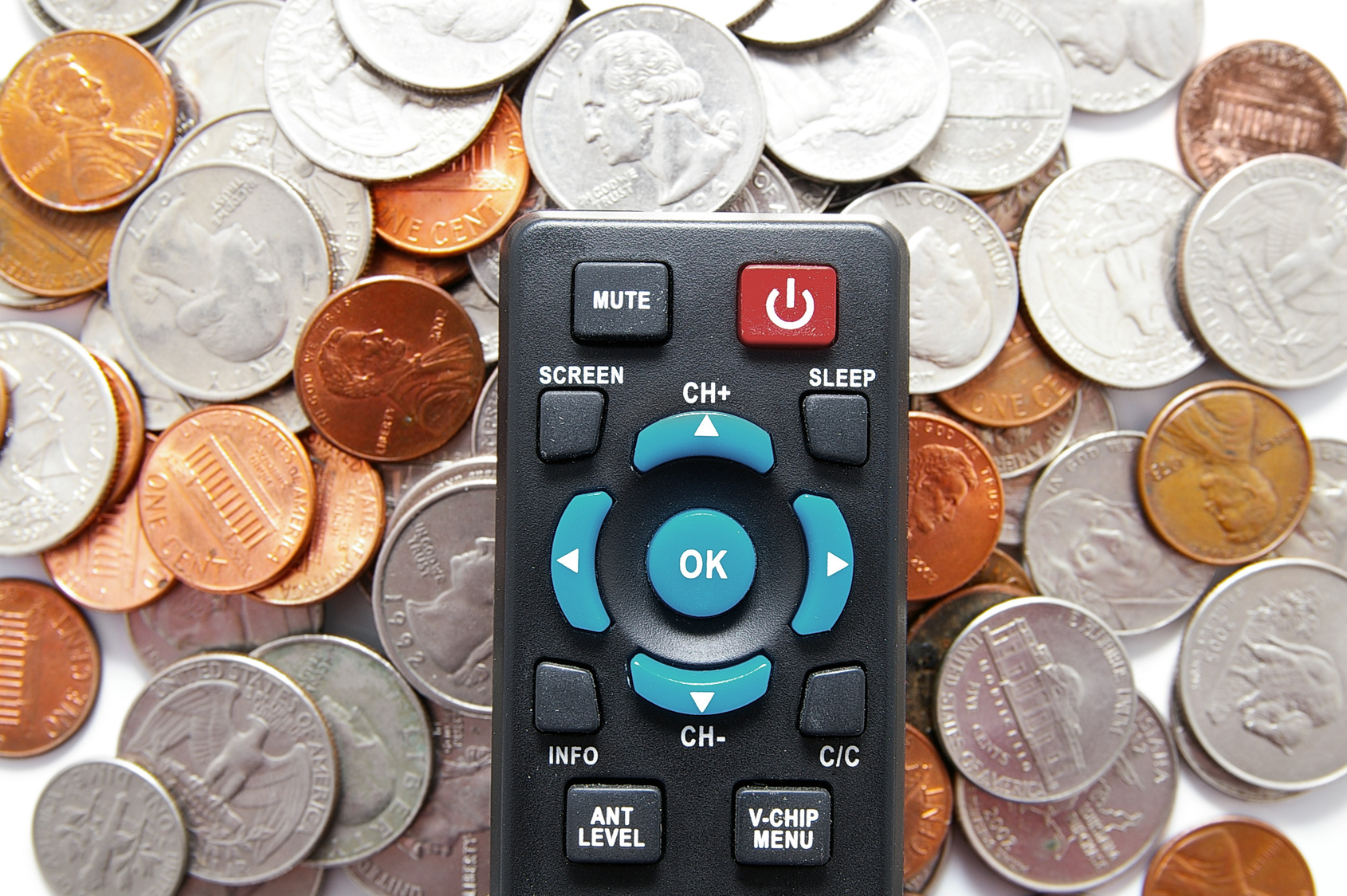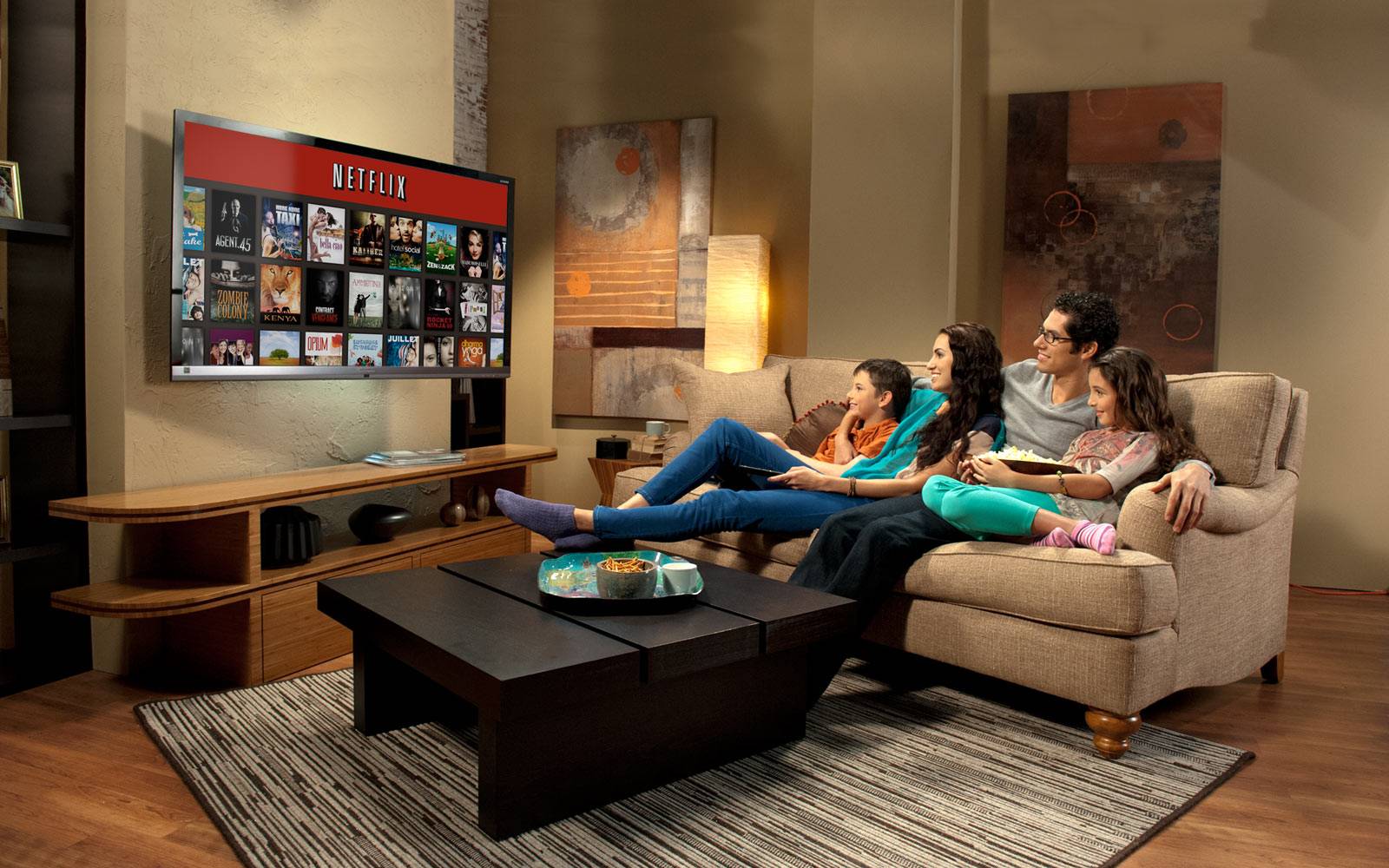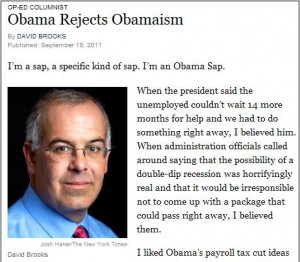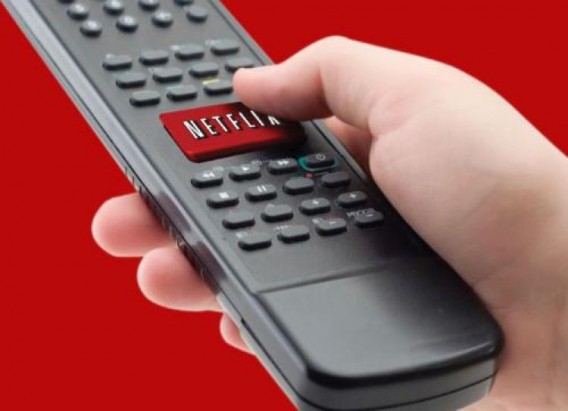With each new day comes a new article about a tech writer’s failed attempt to cut the cord and a follow-up about how the Netflix model is the future of television. TechHive’s Mark Sullivan gazes into his crystal ball and predicts cable TV will be a relic of the past by 2025.
At the end of the first half of 2013, roughly 55 percent of the U.S. population (age 13 and up) had some type of streaming video subscription, says research house NPD. Of that total, 30 million subscribe to Netflix, at least 7 million watch the Amazon Instant Video service, and Hulu counts more than 4 million Hulu Plus subscribers.
[…]
“Over-the-top video is not small anymore,” says Brightcove’s Lai. “Netflix has 100 million subscribers, 30 million of those are [U.S.] streaming customers. Apple has sold 13 million Apple TV devices. Compare that to the cable operators. The biggest of them, Comcast, has no more than 22 million subscribers. All the pay TV operators combined have about 95 million subscribers.”
According to Netflix’s quarterly earnings statements, the company currently serves roughly 30 million U.S. subscribers and 9 million international subscribers. That’s a far cry from 100 million. Let’s look at the numbers from the major cable service providers. I’ll pick the big three in the United States: Comcast, Cablevision, and Verizon.
- Number of subscribers: 24.4 million
- Revenue Q2 2013: $5.175 billion (video only)
- Base monthly cost: [$70.49](http://www.oregonlive.com/silicon-forest/index.ssf/2013/08/comcast_cable_tv_rates_going_u.html)
Cablevision (PDF download)
- Number of subscribers: 3.224 million
- Revenue Q2 2013: $1.402 billion
- Base monthly cost: $54.95
- Number of subscribers: 5.035 million
- Revenue Q2 2013 (includes all FiOS services): $2.7 billion
- Base monthly video cost: $49.99
Side note: Could not locate individual video revenue for Verizon.
Compared with the big Internet streaming services:
- Number of Subscribers: 38.6 million
- Revenue Q2 2013: $1.1 billion
- Base monthly cost: $9
- Number of Subscribers: Amazon doesn’t release this information, but Prime subscriptions were at around 7.2 million in 2012.
- Revenue Q2 2013 (Amazon Prime subscriptions only): Amazon doesn’t release this information, but back of the napkin grain-of-salt math would put Prime revenue at $568.8 million in 2012.
- Base monthly cost: $6.59 ($79 per year)
Hulu Plus
- Number of Subscribers: 4 million
- Revenue Q2 2013: Hasn’t released this information, but allegedly earned $695 million in 2012
- Base monthly cost: $7.99
Netflix has 14 million more subscribers than Comcast and pulls in a fraction of the revenue. This is understandable since Comcast charges eight times the amount for its basic service and more than 10 times the amount once you’ve added on your movie and sports packages, but Netflix’s paltry income doesn’t mean its costs are less than those of the cable companies.
Rebecca Greenfield at The Atlantic breaks down the economics of it all:
With Netflix spending a reported $100 million to produce two 13-episode seasons of House of Cards, they need 520,834 people to sign up for a $7.99 subscription for two years to break even. To do that five times every year, then, the streaming TV site would have to sign up 2.6 million more subscribers than they would have. That sounds daunting, but at the moment, Netflix has 33.3 million subscribers, so this is an increase of less than 10 percent on their current *customer base.
Remember, Comcast, which serves 40 states, has 24.4 million subscribers. Netflix’s U.S. base is almost six million more than that, so they’ve already recouped their cost on House of Cards.
Then there’s HBO (emphasis mine):
HBO gets about $7 per month per subscriber from its 30 million or so fans, according to an analyst at SNL Kagain. Although the charge for HBO on your cable bill is something like $15, HBO splits the fee 50-50 or so with your cable company, according to The Economist. That puts it pretty close to Netflix. Those revenues also pay for some of the most expensive TV on cable: True Blood came in at around $5 million per episode. The debut of Boardwalk Empire cost $20 million alone. Then again, HBO is a prosperous outpost in a huge media empire, which helps with marketing and infrastructure costs. Netflix is all on its own.
HBO has the full backing of the cable companies (fueled by commissions from sales staff) working to build up its customer base. It has an established infrastructure that allows it to produce its own content, as well as license content from various movie studios. It’s been at this a long time and knows how much it has to pay to air the latest and greatest films once they’ve reached video. To studios and cable operators, HBO isn’t just a channel, but a globally known and beloved brand. As the slogan says, “It’s not TV. It’s HBO.”
Netflix, however, continues to shoot itself in the foot:
The real problem for Netflix is that their subscription revenue is not growing as fast as their content costs. Michael Pachter, an analyst with Wedbush Securities, told Bloomberg News’ Cliff Edwards. “Netflix will continue to generate negative cash flow going forward, driven by the company’s ever-increasing streaming commitments,” he said
[…]
Basically, subscriptions haven’t kept up with high costs for content, like this $200 million one with Epix to lease Paramount, Lionsgate, and MGM hits.
Netflix has seen the effect original programming has had on channels like HBO and Showtime. The key to obtaining and maintaining subscribers is to provide content they can’t get anywhere else. I can only watch Boardwalk Empire on HBO and I can only watch House of Cards on Netflix.
However, I (and I’m sure many other people) also subscribe to HBO in order to watch hot new releases without wanting to rent or buy them from iTunes. I come for Game of Thrones, but I stay to watch Les Miserables on a Sunday afternoon. That’s where Netflix is seriously lacking. Its current average rate of nine million subscribers a year won’t go on much longer while its non-original content offerings are as sparse as they are. Aside from some great TV shows, the film selection looks like a SyFy channel B-movie marathon.
Compounded with its chronic overpayment for content from all over the world, Netflix’s current strategy doesn’t seem sustainable. Will it focus more on providing exclusive original content, or will it pump money into licensing deals with studios for better films? Since it doesn’t have the support of a filthy rich daddy like HBO does, it needs to choose wisely, especially since it’s working overtime to pay off its $500 million debt.
I completely understand the want and need to cut the cord. I’d love to see Sullivan’s fantasy come true. Paying upwards of $150 per month for cable and Internet from price-gouging, customer-hostile cable companies is awful and expensive. I hope the future will be different, but 10 years isn’t that long, especially when we’re talking about a glacial industry such as television. And if the music industry is any indication, streaming is not the solution everyone had hoped it would be.
In order for Internet television to truly take off, broadband needs to be available everywhere and it needs to be faster. Rural areas still have no viable option for speedy Internet except for cost-prohibitive satellite services. The same goes for cable TV, which is probably why products like these still exist. Speeds must also be unthrottled and increased across the board, and that will require substantial upgrades to existing infrastructure, the cost of which will be passed down to the consumer.
Bottom line: You’re either paying a lot for cable, or you’re paying a lot for Internet. The idea that getting rid of cable will be cheaper in the long run is merely a myth.
Netflix is growing and it’s becoming a major player in content distribution. However, it is not an empire. It does not have the pull in the industry that the cable companies command. It believes in overpaying for content in the hopes that the investment will encourage new members to sign up, but spending hundreds of millions of dollars on 6-7 original shows with very little (or no) return on investment is a dangerous way of conducting business.
I have no doubt that streaming content services will grow substantially in the coming years, but will they kill cable within that time? To quote Betteridge’s Law of Headlines: No.


 The are many reasons why television viewers choose to cut the cord, to be among the 15% or so of Americans who get by without a cable or satellite feed. But probably the most important is the desire to pay less for the content by grabbing it out of the airwaves or finding it on the internet.
The are many reasons why television viewers choose to cut the cord, to be among the 15% or so of Americans who get by without a cable or satellite feed. But probably the most important is the desire to pay less for the content by grabbing it out of the airwaves or finding it on the internet.





